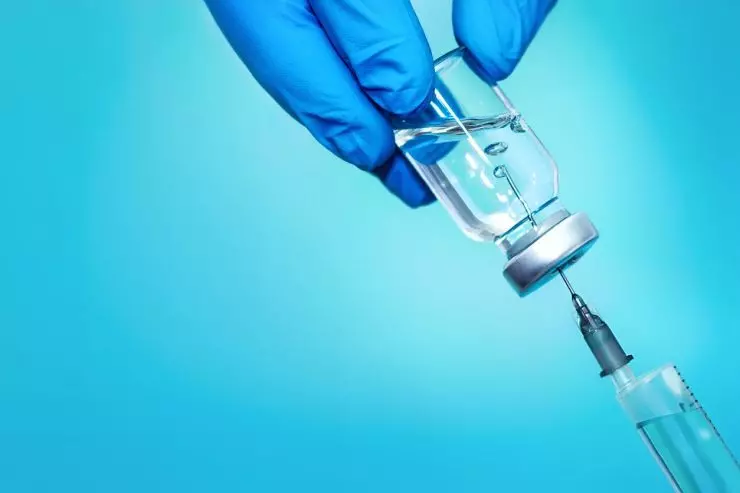
January is National Cervical Health Awareness Month. According to the National Cervical Cancer Coalition, “Nearly 13,000 women in the United States are diagnosed with cervical cancer each year, but the disease is preventable with [the HPV] vaccination and appropriate screening (Pap and HPV tests).”
We want to do our part to bring awareness to this disease by discussing what cervical cancer is and the importance of getting your regular physical exams and screenings for early detection.
Understanding Cervical Cancer and the Importance of Your Regular Physical for Early Diagnosis
What is Cervical Cancer and What Causes it?
According to the Mayo Clinic, "Cervical cancer is a type of cancer that occurs in the cervix cells — the lower part of the uterus that connects to the vagina. Various strains of the human papillomavirus (HPV), a sexually transmitted infection, play a role in causing most cervical cancer." In fact, 99.7% of cervical cancers are caused by HPV.
The causes of cervical cancer are like the cause of many other cancers, in which healthy cells develop mutations in their DNA. These mutations tell a healthy cell to grow abnormally and multiply out of control. Unlike healthy cells, these cells do not die and can accumulate into a mass (tumor). For cervical cancer, it is the persistent presence of the HPV virus that causes healthy cells in the cervix to develop mutations.
What are the Symptoms?
Unfortunately, in the early stages of cervical cancer, there are generally no symptoms, which makes your annual physical exam so crucial for early detection of the disease. More advanced cases of the disease can include symptoms such as; vaginal bleeding after intercourse, bleeding between periods, bleeding after menopause, bloody vaginal discharge with a foul odor, and pain during intercourse.
Risk Factors
Most cases of cervical cancer are caused by HPV, a virus that is most often transmitted sexually. Therefore, practicing safe sex by wearing a condom is one of the best ways to decrease your risk of contracting the HPV virus and developing cervical cancer. Other risk factors include:
- Having a large number of sexual partners which increases exposure to HPV
- Having sex at a young age
- Weakened immune system
- Smoking
- History of sexually transmitted infections
- Young age at birth of first child (younger than 20 years old)
- History of vulvar or vaginal cancer
- Prolonged use of oral contraceptives (5 years or more)
Prevention
HPV Vaccine: There is a vaccine for HPV, and you can discuss this with your doctor if it is appropriate for you. It is recommended around the age of 11-12 and is a two or three-shot series, depending on what age the series is started.

Routine Pap Smear Test: This screening test is performed every 3-5 years at your routine physical visits and includes gathering a sample of the cells at your cervix and a swab to detect the HPV virus. Both samples are collected at the same time from your cervix – the lower, narrow end of your uterus that's at the top of your vagina. If Pap screening tests are done at the recommended times, you can catch cervical cancer often at the pre-cancerous stage and get early treatment to prevent progression.
Safe Sex
Most cervical cancer cases are caused by HPV, a sexually transmitted disease. Protect yourself by always practicing safe sex - using condoms every time.
Don’t Smoke
If you are a smoker, quit today! There are zero positive health benefits of smoking or using other tobacco products. Improve the quality of your life and improve your health by stopping today.
Schedule Your Physical Today
Early diagnosis is imperative with cancer, such as cervical, which has no signs or symptoms in the early stages. Don't put it off. Schedule your physical today!